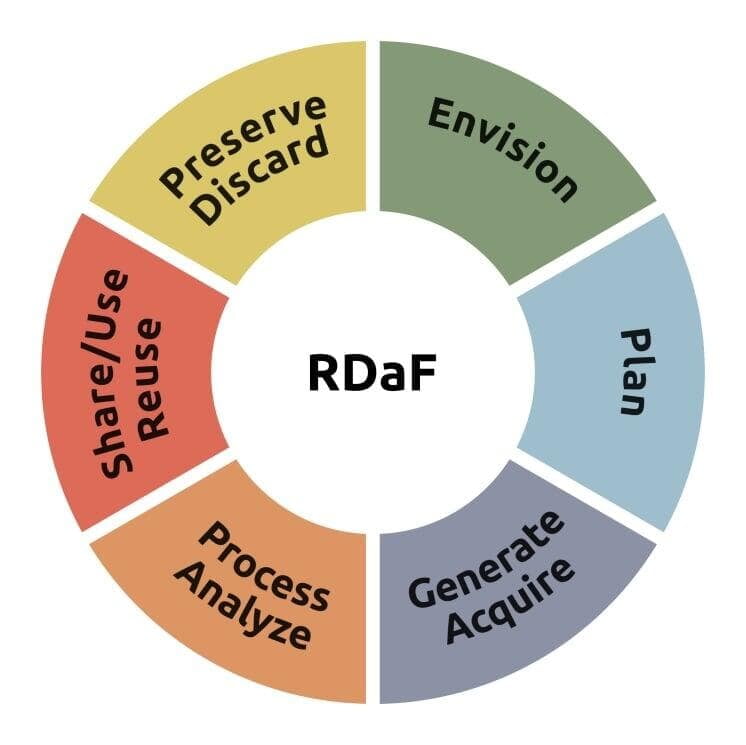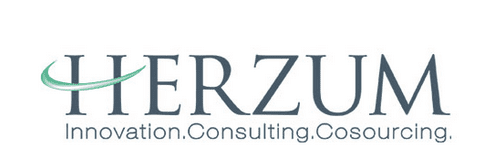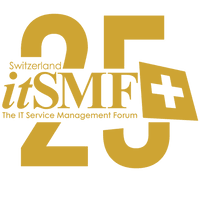Reading time: ~ 4 min.

The role of data assessment in cybersecurity according to NIST 2.0 and ISO 27001
In today's fast-paced digital world, data is everywhere. From the emails we send to the customer data we store, organizations generate and process massive amounts of information daily. But with all this data, how do we ensure that it's safe, secure, and compliant with regulations?Enter data assessment — a key process that helps businesses understand, classify, and protect their information assets.
Let’s break it down. Data assessment involves identifying what kind of data your company has, where it's stored, how it's used, and most importantly, how it's protected. This process isn’t just for large corporations. Even small and medium-sized enterprises (SMEs) can — and should — conduct thorough data assessments to ensure compliance with privacy regulations and safeguard their information.
You might be wondering «Where does data assessment fit into the bigger picture of cybersecurity?» It’s a crucial part of the puzzle, especially when following established frameworks like NIST 2.0 and ISO 27001.
Both NIST's Cybersecurity Framework (CSF) 2.0 and ISO 27001 emphasize the importance of knowing your data. It all starts with the Identify function in NIST 2.0. Before you can secure something, you need to know it exists. Data assessment helps organizations uncover all their data — whether it’s structured or unstructured — and evaluate its sensitivity and risk. RDaF 2.0 in NIST adds another layer, offering structured guidance on how to manage and classify data, reducing risks effectively.
Similarly, ISO 27001 requires organizations to have a clear understanding of their data in order to apply the right security measures. The standard’s Information Security Management System (ISMS) is built around knowing what data is sensitive, how it’s stored, and ensuring the right controls are in place.
In short, data assessment forms the foundation for protecting data under these frameworks, making it a crucial part of your cybersecurity strategy.
Why data assessment is essential
So, why is data Assessment so crucial? Let’s get straight to the core — there are three primary reasons.
First, compliance. Regulations like GDPR, Switzerland's FADP (LPD-DSG-LPD), and many others around the globe — including in regions such as the Gulf Cooperation Council — require organizationsto have a clear understanding of their data and how they are protecting it. Non-compliance can lead to hefty fines and damage to your reputation.
Second, it’s about risk mitigation. When you know which data is the most sensitive — whether it’s customer information, financial records, or intellectual property — you can prioritize your security measures where they will have the greatest impact.
And finally, data management. Conducting a proper data assessment helps keep your operations smooth by ensuring that your data is clean, organized, and easily accessible when needed.
First, compliance. Regulations like GDPR, Switzerland's FADP (LPD-DSG-LPD), and many others around the globe — including in regions such as the Gulf Cooperation Council — require organizationsto have a clear understanding of their data and how they are protecting it. Non-compliance can lead to hefty fines and damage to your reputation.
Second, it’s about risk mitigation. When you know which data is the most sensitive — whether it’s customer information, financial records, or intellectual property — you can prioritize your security measures where they will have the greatest impact.
And finally, data management. Conducting a proper data assessment helps keep your operations smooth by ensuring that your data is clean, organized, and easily accessible when needed.
Challenges in conducting data assessment for privacy regulations
Of course, data Assessment comes with its own set of challenges, especially when it comes to privacy regulations. One of the biggest hurdles organizations face is something we call data sprawl.Data isn’t always neatly stored in one place — it’s often scattered across different systems, devices, and locations. Tracking all of that down can feel like searching for a needle in a haystack.
Another major challenge is mapping data flows. Understanding how data moves through your organization — from collection to storage to processing — can be complex, particularly in companies with older or decentralized systems.
And let’s not forget the resource issue. Many SMEs simply don’t have the time, manpower, or expertise to carry out detailed data assessments. This can leave them vulnerable to compliance failures and security breaches.
Another major challenge is mapping data flows. Understanding how data moves through your organization — from collection to storage to processing — can be complex, particularly in companies with older or decentralized systems.
And let’s not forget the resource issue. Many SMEs simply don’t have the time, manpower, or expertise to carry out detailed data assessments. This can leave them vulnerable to compliance failures and security breaches.
How NIST RDaF 2.0 helps solve these challenges
Here’s where NIST RDaF 2.0 comes to the rescue. The risk data framework offers organizations a structured way to assess and classify data, making the process easier and more manageable.
With RDaF 2.0,companies can standardize how they classify sensitive data. This not only helps in staying compliant with regulations but also ensures that the right security controls are applied where they’re most needed. Additionally, the framework encourages a risk-based approach, helping you focus on protecting the most critical data first.
With RDaF 2.0,companies can standardize how they classify sensitive data. This not only helps in staying compliant with regulations but also ensures that the right security controls are applied where they’re most needed. Additionally, the framework encourages a risk-based approach, helping you focus on protecting the most critical data first.

Automation and AI: the future of data assessment for SMEs
If you're running an SME, you might be thinking, «This sounds great, but where do I start?» The answer lies in modern software platforms that leverage integrated AI functionalities to make data assessment easier and more efficient. Instead of relying on manual methods —which are often time-consuming and prone to human error — these AI-powered tools can automate the entire process, from data discovery to classification.
With advanced AI algorithms, these platforms can scan both structured and unstructured data, identify sensitive information, and classify it according to your organization’s specific compliance requirements. This automation significantly reduces the risk of overlooking critical data and ensures that classification is done consistently across the board.
Moreover, platforms equipped with AI-driven solutions enable SMEs to stay up to date with evolving regulations like GDPR and FADP (LPD-DSG-LPD), even without a large in-house team dedicated to data governance. These tools can adapt as regulations change, ensuring continuous compliance without requiring constant manual intervention.
The benefits don’t stop there. By integrating AI functionalities into software platforms, SMEs gain access to a cost-effective solution for data assessment. This allows smaller organizations to focus on their core business activities while maintaining robust data security and compliance.
With advanced AI algorithms, these platforms can scan both structured and unstructured data, identify sensitive information, and classify it according to your organization’s specific compliance requirements. This automation significantly reduces the risk of overlooking critical data and ensures that classification is done consistently across the board.
Moreover, platforms equipped with AI-driven solutions enable SMEs to stay up to date with evolving regulations like GDPR and FADP (LPD-DSG-LPD), even without a large in-house team dedicated to data governance. These tools can adapt as regulations change, ensuring continuous compliance without requiring constant manual intervention.
The benefits don’t stop there. By integrating AI functionalities into software platforms, SMEs gain access to a cost-effective solution for data assessment. This allows smaller organizations to focus on their core business activities while maintaining robust data security and compliance.
Final thoughts on data assessment
In today’s cybersecurity landscape, data assessment is no longer merely a best practice — it’s a necessity. Whether you're part of a large enterprise or a smaller organization, having a comprehensive understanding of your data and ensuring its protection is essential for both compliance and risk mitigation.
By leveraging frameworks such as NIST 2.0 and RDaF 2.0, along with the power of AI and automation, addressing data security challenges becomes not only achievable but also more streamlined and scalable.
In our next article, we’ll dive into the must-have features of a software platform designed to automate data assessment, ensuring scalability and flexibility as your business evolves. Stay tuned!
By leveraging frameworks such as NIST 2.0 and RDaF 2.0, along with the power of AI and automation, addressing data security challenges becomes not only achievable but also more streamlined and scalable.
In our next article, we’ll dive into the must-have features of a software platform designed to automate data assessment, ensuring scalability and flexibility as your business evolves. Stay tuned!
Author: Michele Roveda
Company: E-Venture Business Solutions (itSMF Advanced Sponsor)
If you want to keep you up-to-date with the most recent post on this topic, don't forget to follow us on our social media channels or subscribe to our newsletter.
Our sponsors
A special thanks to our Advanced Sponsors:





